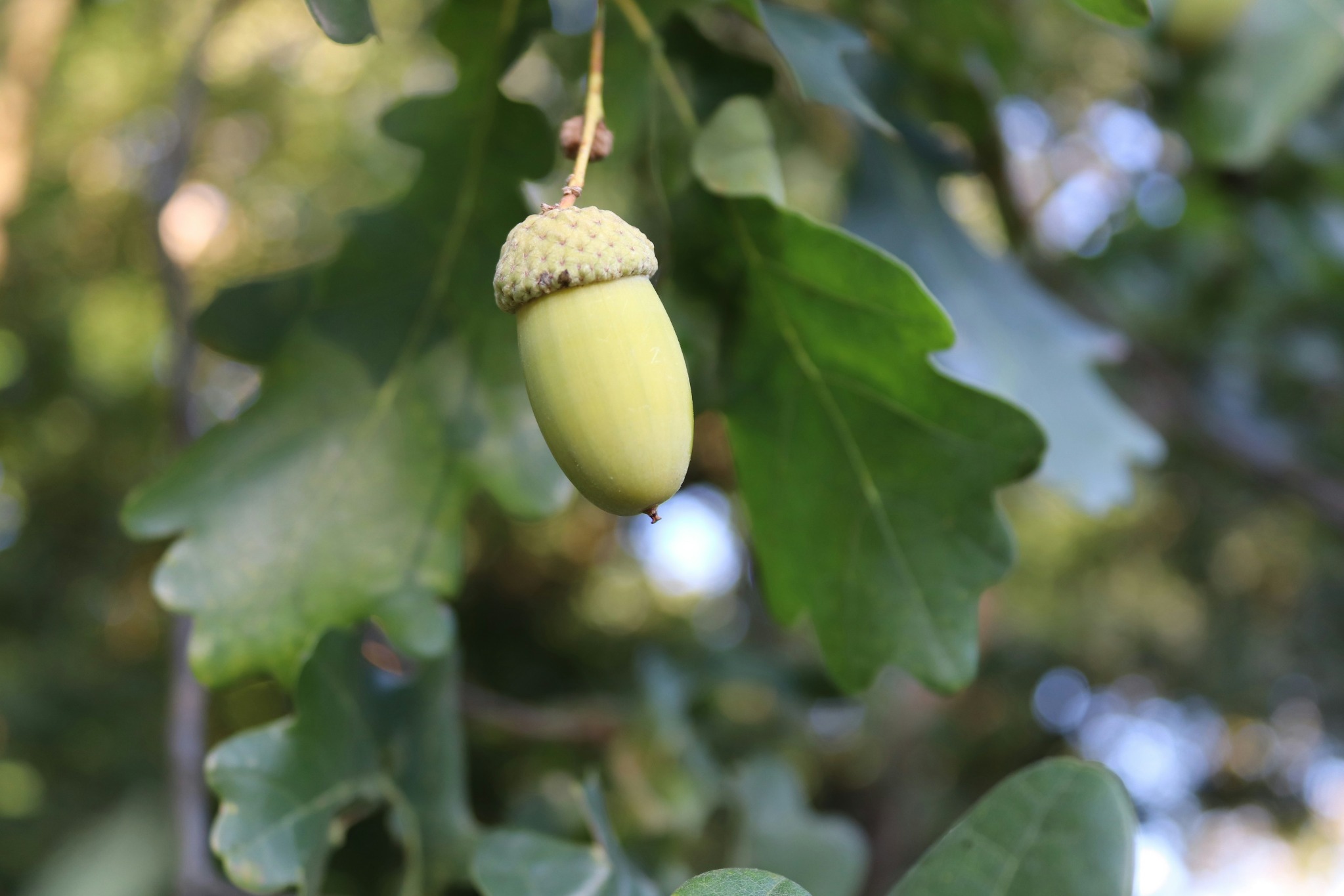Tree Nut Allergy

Overview
Tree nut allergy is one of the most common and serious food allergies. Reactions can range from mild rashes to life-threatening anaphylaxis. These allergies often begin in childhood and may last for life, although some children outgrow them.
Which nuts are included?
Tree nuts come from a variety of plant families and include:
- Almonds
- Cashews
- Walnuts
- Pistachios
- Pecans
- Brazil nuts
- Macadamia nuts
- Hazelnuts
Cross-reactivity can occur — for example, cashew allergy is often linked with pistachio, and walnut allergy with pecan.
Symptoms
Mild to moderate reactions:
- Hives or rash
- Tingling or itching in the mouth
- Swelling of lips, face or eyes
- Tummy pain or vomiting
Severe reactions (anaphylaxis):
- Swelling in throat or tongue
- Sudden wheezing or breathing difficulties
- Dizziness, fainting or clammy skin
- Collapse or loss of consciousness
Risk factors
- Previous severe allergic reactions
- Asthma, especially if poorly controlled
- Reactions to tiny amounts of nut protein
Diagnosis
If tree nut allergy is suspected, a GP can refer you to a specialist allergy clinic. Tests may include:
- Skin prick or blood tests
- Food challenge tests (under supervision)
- Testing across several nuts to see which are safe and which are not
Living with Tree Nut Allergy
- Shopping: Nuts are one of the 14 major allergens that must be clearly highlighted on UK food labels. Always read ingredients carefully.
- Eating out: Ask staff directly about nut content and cross-contamination.
- Cross contact: Mixed nuts, nut butters, oils, flavourings, and desserts are common risks. Nuts can also appear in cosmetics and personal care products.
Contact and airborne exposure
Research shows that serious reactions from touch or smell are very rare. Mild localised symptoms (like redness or itching) may occur, but life-threatening reactions are almost always linked to eating or drinking nut protein. Still, it’s sensible to take precautions, especially with young children.
Travel
On flights, the main risks come from food mix-ups or contaminated surfaces, not airborne nut protein. Clean tray tables and surfaces, and always carry your emergency medication.
Emergency Action
Mild symptoms may be treated with antihistamines. For any severe symptoms, call 999 immediately and use an adrenaline auto-injector if prescribed. The common UK auto-injectors are:
- EpiPen®
- Jext®
Always carry two devices and ensure family, friends and carers know how to use them.
Outlook
Between one in five and one in ten children may eventually outgrow their nut allergy, usually by school age. Regular reviews with an allergy specialist are important to monitor progress.
Future Treatments
Researchers are studying new approaches including oral immunotherapy, skin patch treatments, peanut vaccines, and biological medicines to reduce the risk of severe reactions.